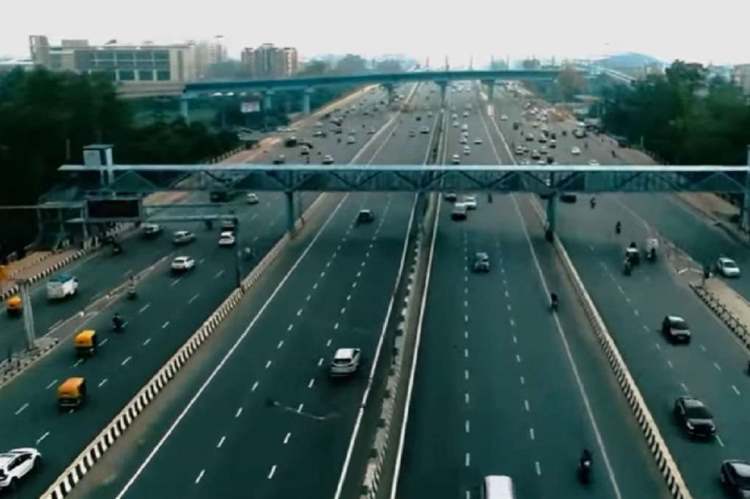India has stepped up infrastructure spending to enhance connectivity and economic resilience. But a significant share of the country’s major infrastructure projects has experienced time and cost overruns. As of February 2024, 443 out of the country’s 1,902 monitored projects reported cost overruns totalling an alarming Rs 4.92 lakh crore, recording an 18.19% increase over the original cost estimates. Additionally, 764 projects were delayed, with reasons ranging from land acquisition issues and clearance delays to logistical and financial challenges.
Despite these hurdles, the perspective shifts when considering the adjusted schedules, which reduce the count of delayed projects to 568. The reasons behind these overruns and delays are many such as bureaucratic hurdles, environmental concerns, and pandemic-related lockdowns. These delays are not just temporal but signal deep-seated issues within the planning and execution phases of infrastructure development.
READ I Rising NPAs: Indian banks brace for trouble ahead
Strategic shifts in infrastructure
Adopting advanced technologies in project management and construction processes could significantly mitigate the risks associated with infrastructure projects. Technologies like Building Information Modelling (BIM), Geographic Information Systems (GIS), and advanced project management software can provide real-time data, improve accuracy in planning, and ensure better compliance with time and budget constraints. This technological integration not only streamlines project execution but also enhances transparency and accountability in public projects.
Over the past decade, there has been a marked shift in the types of infrastructure projects undertaken. A significant increase in the number of projects, particularly in the roads sector, illustrates a strategic redirection. From FY14 to FY24, the share of road projects increased from 19% to 58% of the total major projects. This shift not only underscores a change in priority but also aligns with the government’s focus on creating a robust network of roads to enhance connectivity and support economic activities.
The sectoral analysis further highlights that road projects, despite their numbers, tend to be more cost-effective compared with urban development projects. The average cost overrun for road projects stood at a relatively modest 3%, whereas power and railway projects experienced much higher overruns of 20% and 52%, respectively. This disparity in cost effectiveness points to the need for more refined project management and budgeting practices, especially in sectors that are crucial for India’s long-term economic resilience.
Urban projects, such as the development of new metro lines or urban transit systems, involve extensive capital outlay and intricate planning. The challenges in these projects often include high population density, existing infrastructure limitations, and more stringent regulatory and environmental considerations, which can lead to significant delays and budget escalations.
Economic and industrial growth
The evolution of India’s infrastructure is linked to its broader economic ambitions. The inauguration of transformative projects such as the Mumbai Trans Harbour Link, Navi Mumbai International Airport, and the Western Dedicated Freight Corridor is poised to dramatically enhance logistical efficiencies and spur economic activities across regions. These projects are not just about improving connectivity but are pivotal in transforming India into a global manufacturing and logistics hub.
Infrastructure development is not merely a tool for enhancing national connectivity and industrial capacity; it also plays a crucial role in bolstering local economies. Projects like the Bengaluru-Chennai Expressway are expected to boost regional trade and facilitate easier access to local markets, thus fostering micro, small and medium enterprises (MSMEs). By providing improved market accessibility and reduced transportation costs, infrastructure projects help in the equitable distribution of economic benefits, uplifting local communities and fostering regional development.
The government’s strategic focus on infrastructure has also galvanised growth in ancillary sectors such as the warehousing and third-party logistics sectors. The warehousing sector, in particular, has seen a surge in activity, with a 35% year-over-year increase in space take-up in the first half of 2023. This upswing is supported by the substantial investments flowing into the sector, priming it for a significant role in India’s industrial and economic framework.
The way ahead
As India continues to expand and upgrade its infrastructure, the challenges of cost and time overruns remain significant. However, the strategic shifts in project types and the focus on enhancing road connectivity highlight an adaptive approach to infrastructure planning. Looking ahead, continuous improvement in project management, transparency in reporting, and strategic allocation of resources will be crucial for mitigating risks associated with large-scale infrastructural projects.
As India progresses with its infrastructure agenda, it is imperative to integrate environmental sustainability into the core of infrastructure projects. This involves adopting green construction practices, ensuring projects comply with environmental regulations, and considering long-term ecological impacts. Sustainable infrastructure development not only minimises environmental degradation but also ensures the longevity and resilience of the constructed assets, contributing to a sustainable future.
While the path of infrastructure development in India is fraught with challenges, the strategic decisions and investments being made today are laying the groundwork for a more connected and economically robust future. This journey, marked by ambitious projects and strategic shifts, promises to not only reshape India’s physical landscape but also its economic destiny.

